🇨🇱 Santiago, Chile Transportation and Valparaiso
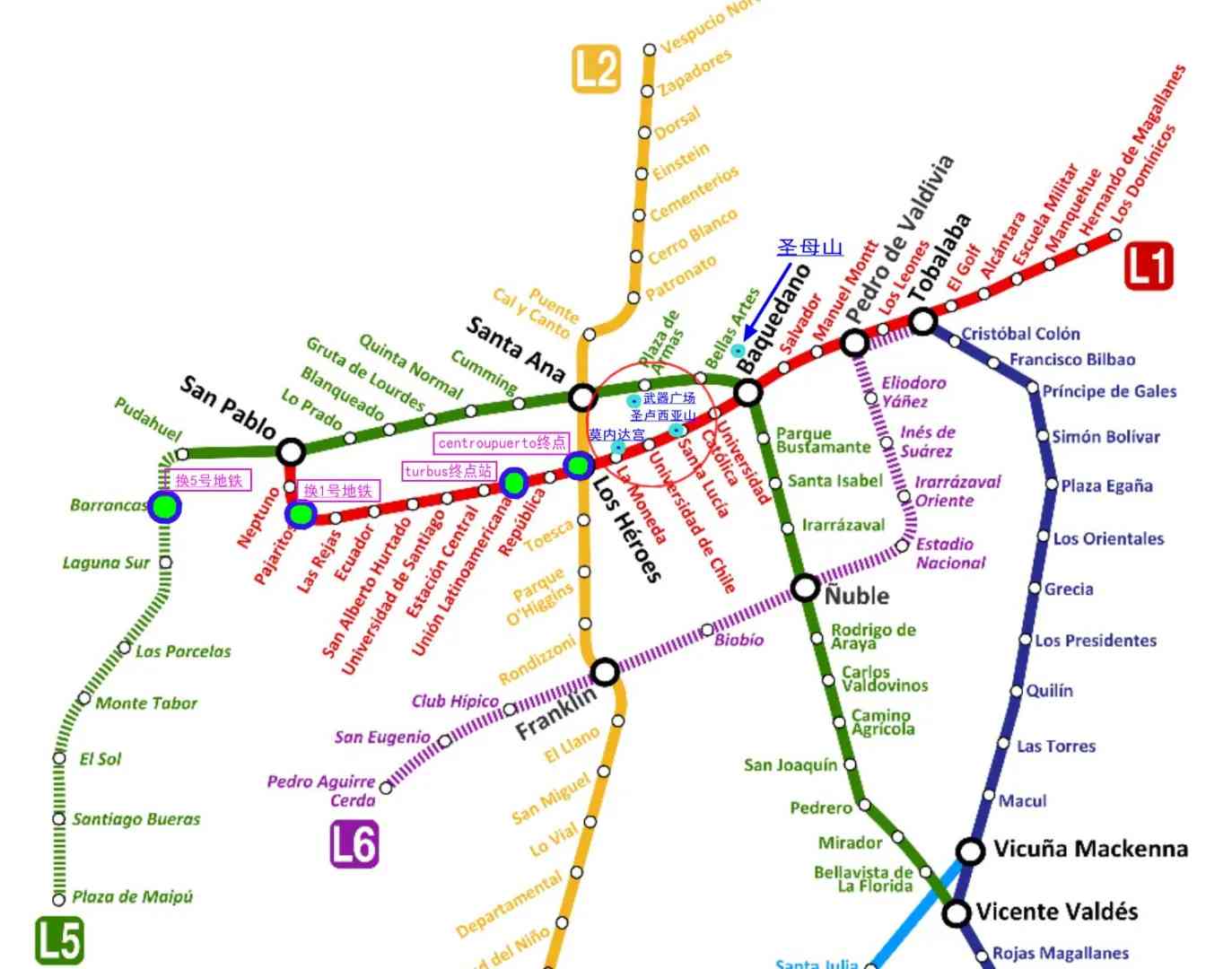
[One R] For a seamless journey from the airport to the city, we highly recommend using the airport shuttle. After exiting through Gate 4 of the international arrivals T2, simply cross the road to find the bus station where two companies, Turbus and Centropuerto, operate (refer to Figure 3 for ticket prices; both accept credit cards, with Centropuerto offering more frequent services).
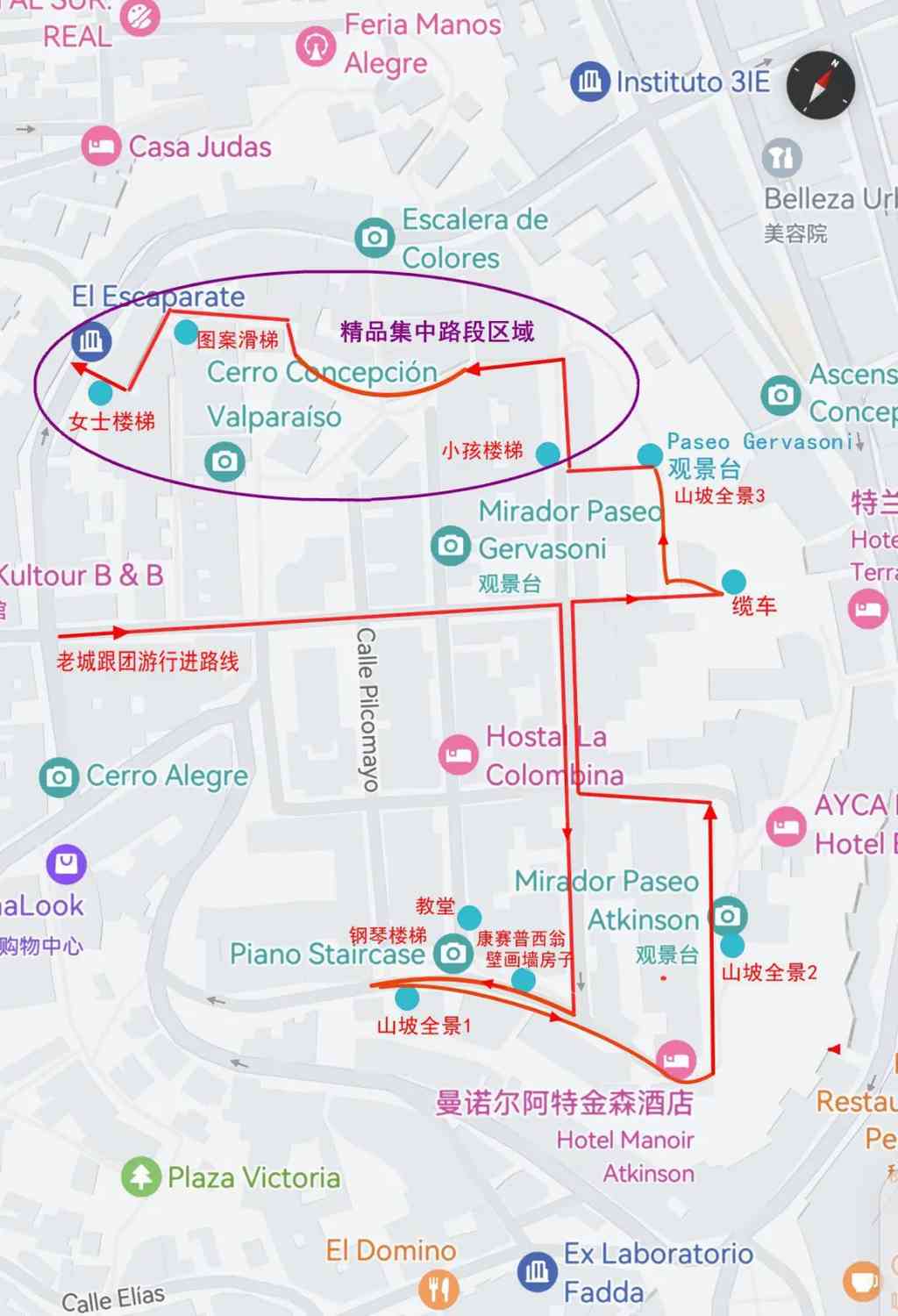
Both companies follow the same route, with stops as detailed in Figure 4, and the final destination is shown in Figure 2. Given that most hotels in Santiago are clustered around Metro Line 1, these buses provide a convenient and cost-effective connection to the metro. Avoid exchanging currency at the airport due to poor exchange rates; instead, purchase a Bip transportation card at the metro station (see Figure 3, card fee is 1550 pesos) and then head to more favorable exchange points in the city.
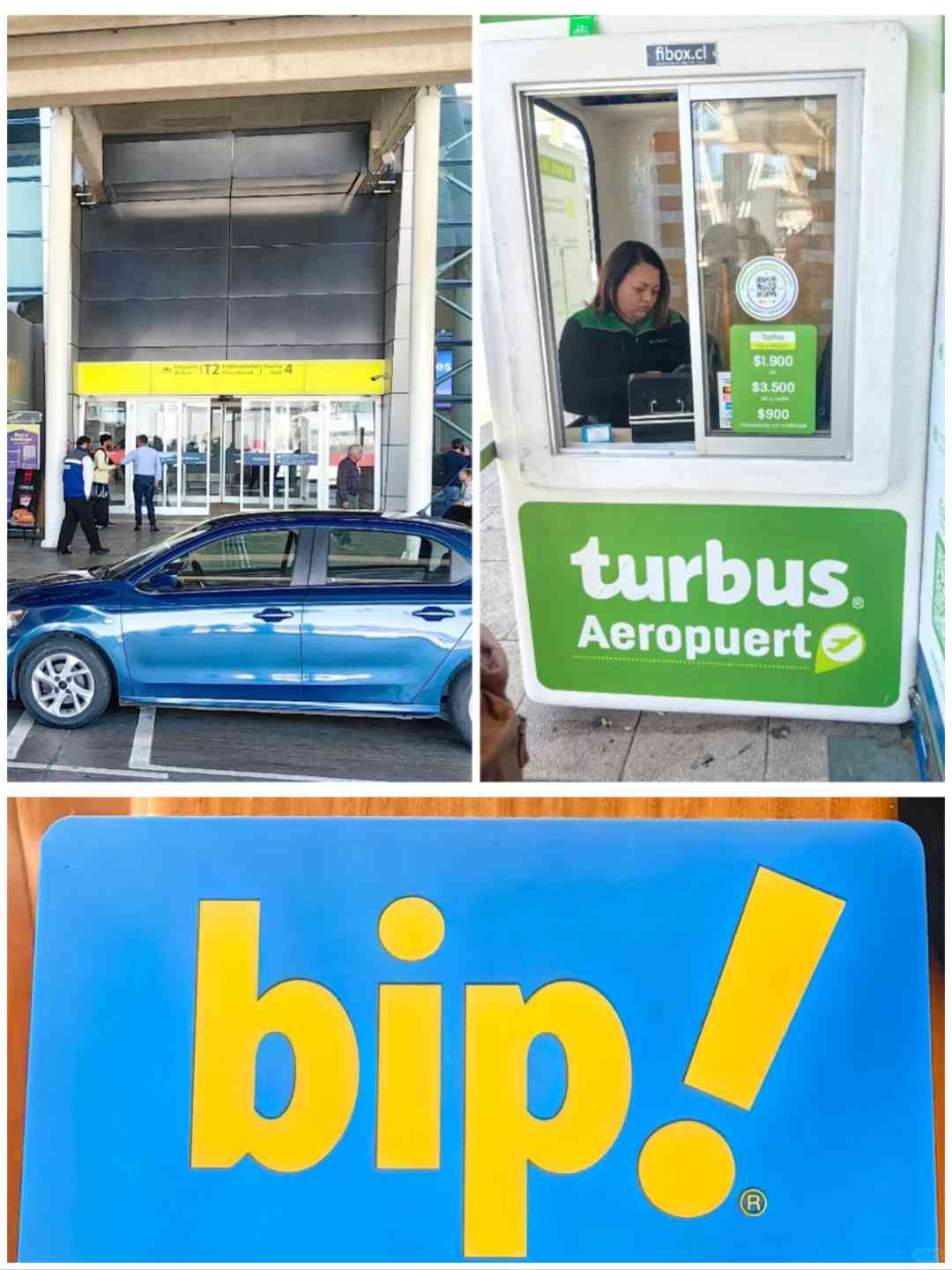
There’s also a currency exchange option available at the Turbus terminal.
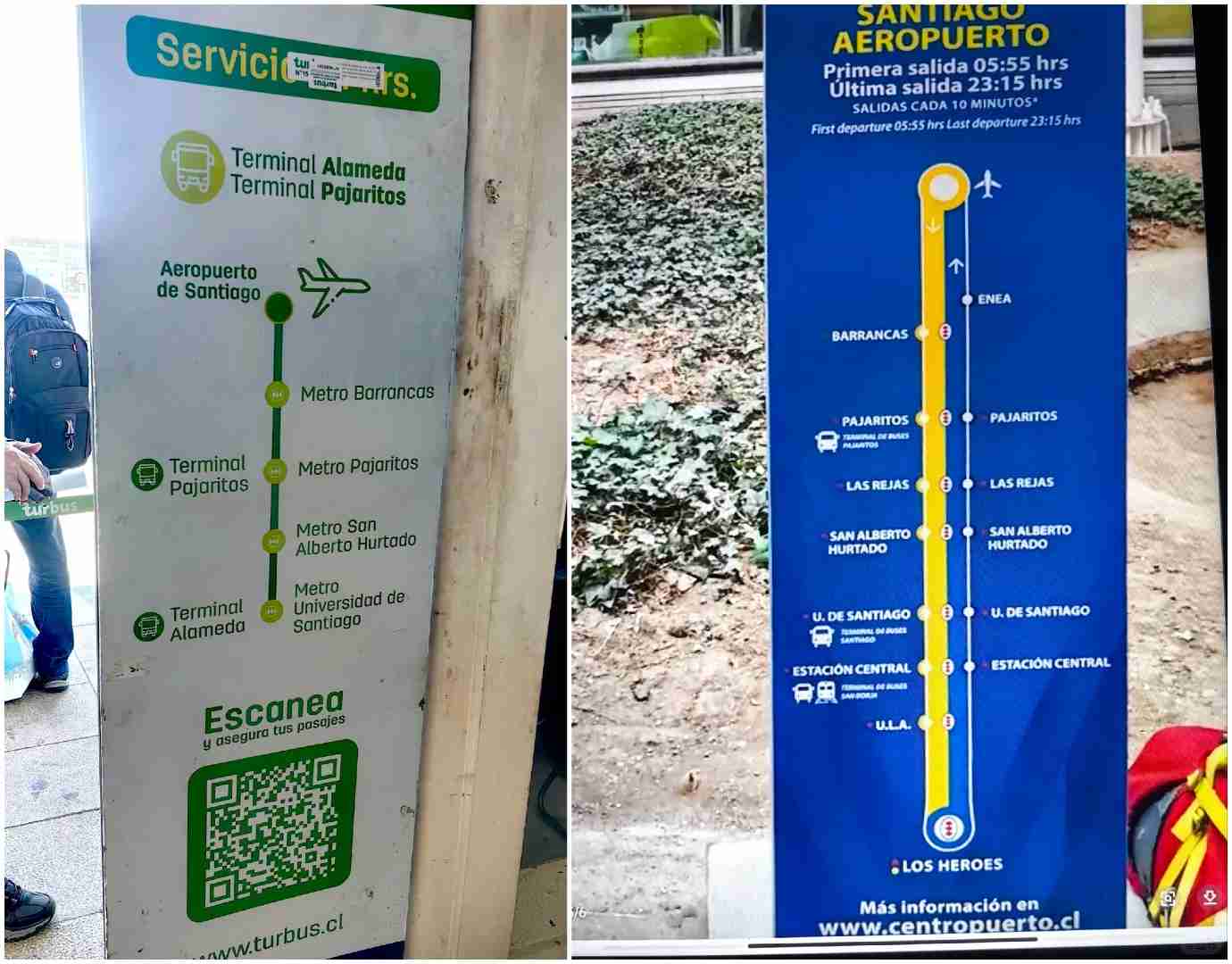
[Two R] The heart of Santiago’s attractions lies within the red circle in Figure 2, making it easy to explore on foot. Navigating the city via metro and bus is a breeze, with numerous buses running along the Line 1 route. A single ride costs over 600 pesos, but transfers within an hour are free. Use your Bip card to swipe when boarding, and one card can be shared among multiple travelers.
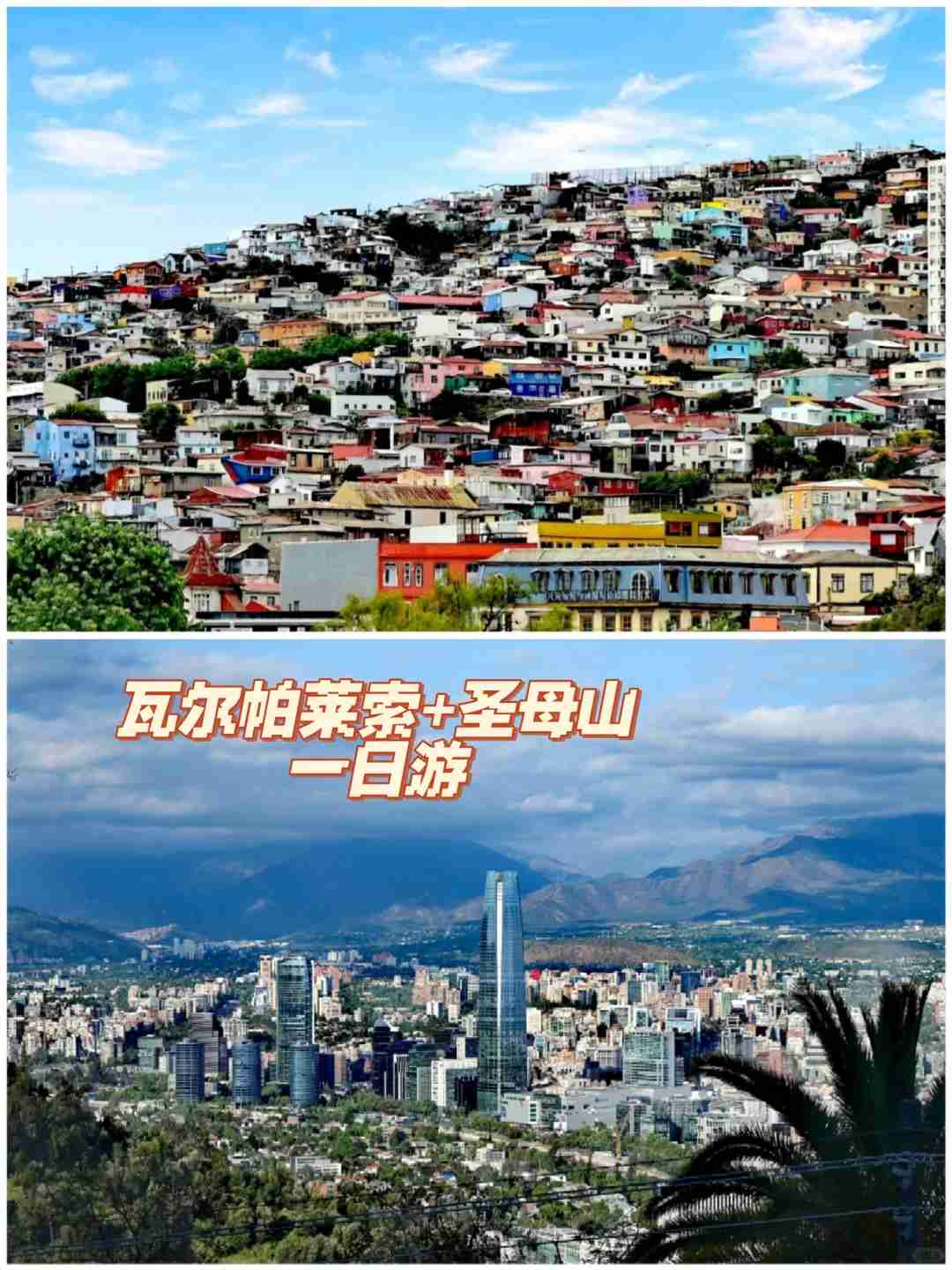
A single metro ride is approximately 700 pesos, and there’s no need to swipe out. The extensive bus network offers a scenic way to experience the city, providing a window into its vibrant life.
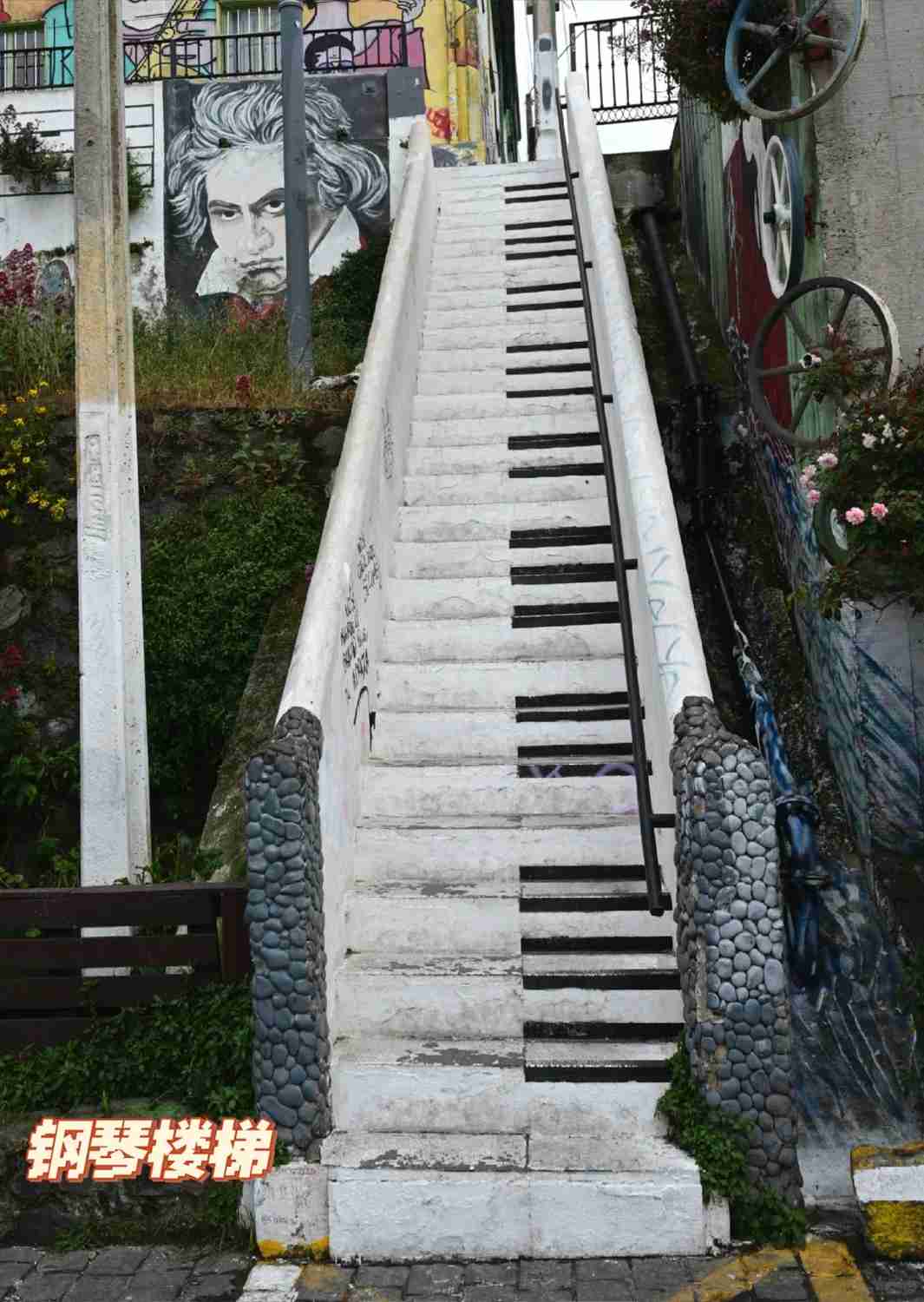
[Three R] Valparaiso: This colorful gem, a short trip from Santiago, is a must-visit. Known for its vibrant graffiti that blankets the entire town, the city’s unique character is on full display. The multicolored houses sprawl across the hills, creating a three-dimensional canvas of urban art.
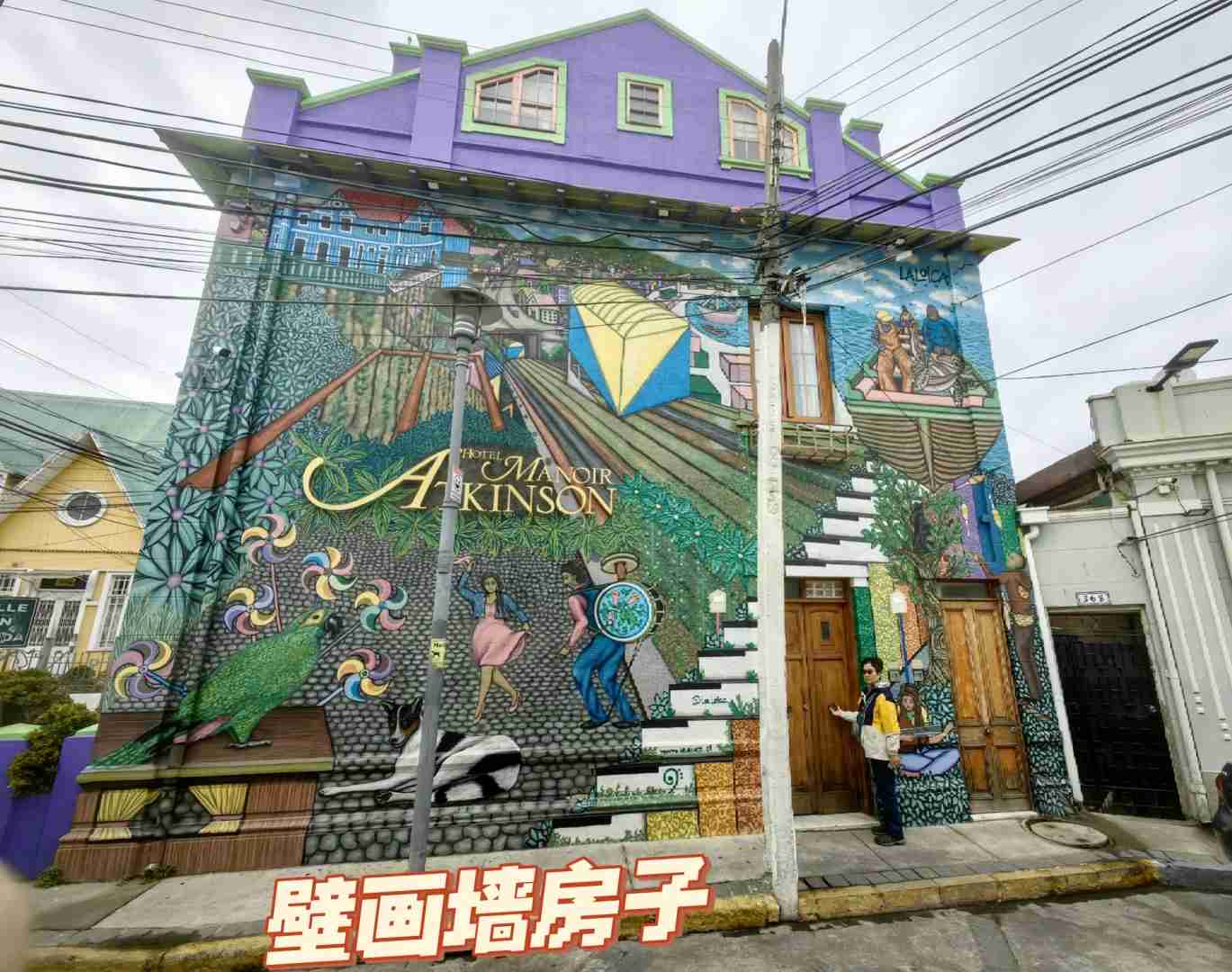
To reach Valparaiso, you can take a bus from the Turbus terminal, costing 9000 pesos one way. However, a day tour for just $38 is highly recommended. Many murals require a guide’s insight to fully appreciate their significance; otherwise, you might miss out on the deeper meaning behind the artwork. Traveling independently can be time-consuming and less safe, especially when navigating between various sites.
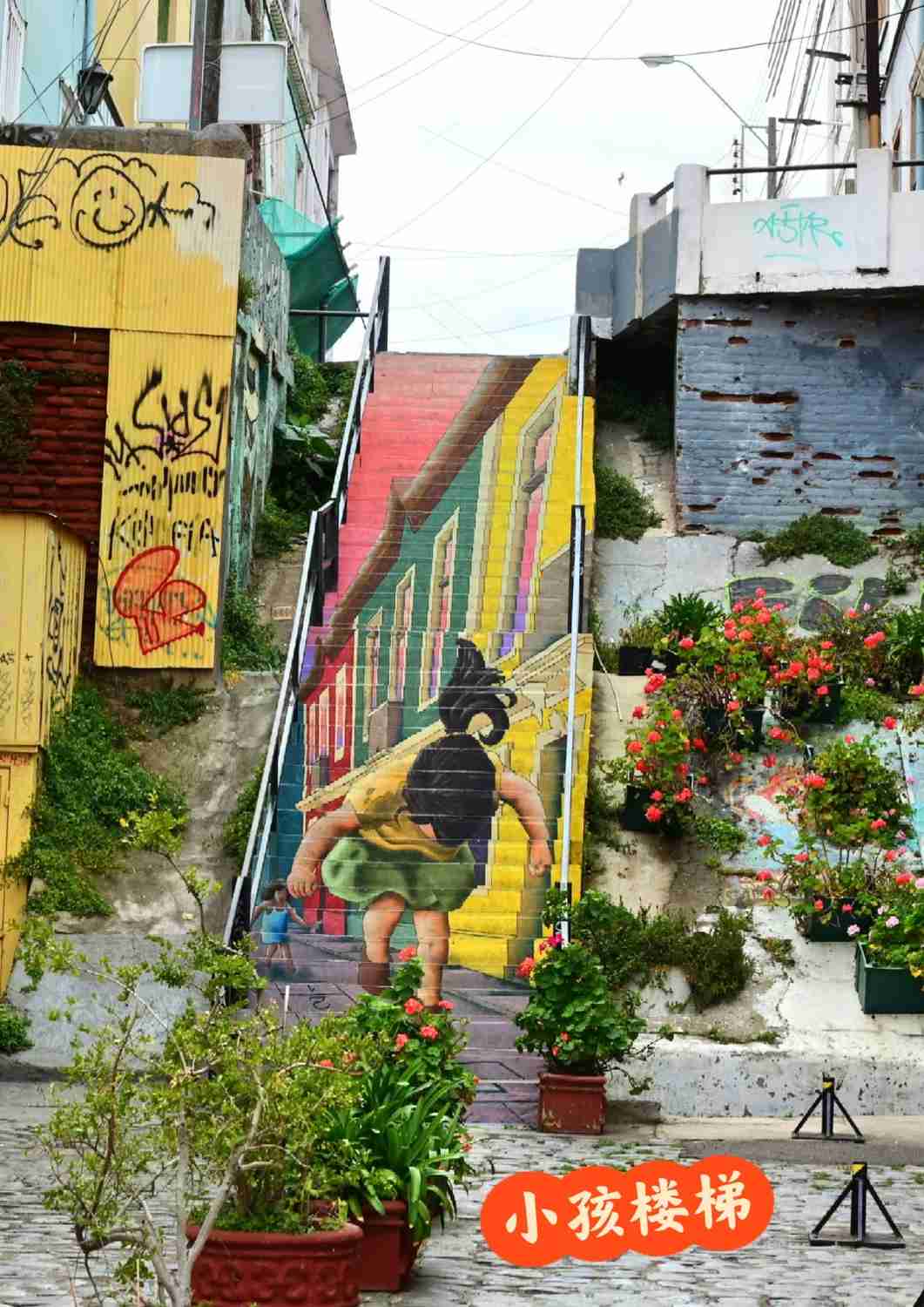
The day tour accommodates up to 16 people in a small vehicle, complete with a driver and a knowledgeable guide. They pick you up from your hotel at 7:30 am and return you by 5 pm. The skilled driver will even drop you off right at the cable car to Cerro San Cristobal. The tour itinerary includes highlights such as the Casablanca Valley, the bustling fish market, the iconic Flower Clock in Viña del Mar, the picturesque Reñaca Beach, and the enigmatic Easter Island statues.
While the old town streets of Cerro Concepción are a highlight, other stops may be less impressive. The walking route through the old town, as shown in Figure 5, features some of the most intricate and beautiful graffiti, particularly on the three staircases marked on the map.
Additionally, the vibrant mural adorning the wall of the house in Figure 6 encapsulates the essence of Valparaiso. This masterpiece was created by a renowned female artist who spent a year and a half in the city under a contract with the local government, which is committed to preserving the artwork’s beauty and integrity.
Along the route, you’ll find three scenic viewpoints that offer breathtaking panoramic views of the colorful hillside houses. The red-circled area on the map highlights where the most impressive artworks are clustered (refer to the locations and corresponding photos in Figure 5).
[Four R] After exploring the charming streets of Valparaiso, our journey continued to Cerro San Cristobal, where we hopped aboard a cable car for a scenic ascent. We then descended the back of the mountain in a gondola, enjoying the stunning vistas along the way. Seniors can take advantage of a discounted ticket price of 4390 pesos, which is half the regular fare.
The location is depicted in Figures 17 and 18, and the entire experience takes about two hours. For the best views, it’s highly recommended to visit Cerro San Cristobal in the afternoon or evening when the majestic Andes mountains provide a picturesque backdrop. In the morning, the snow-capped peaks would be backlit, diminishing the visual impact.